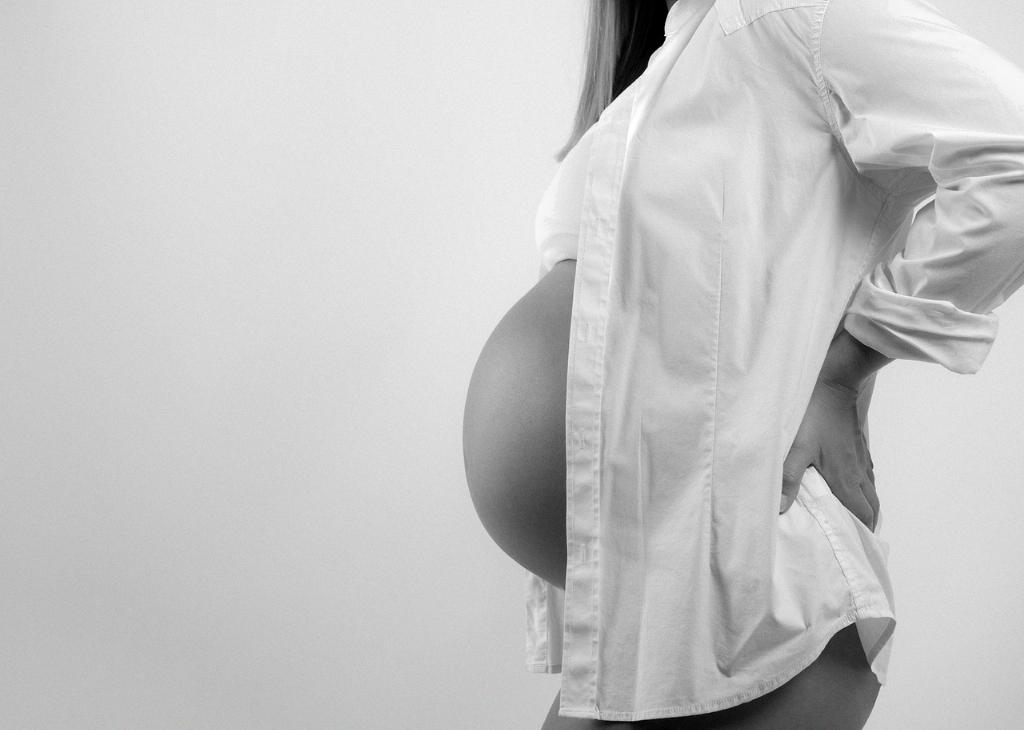When it comes to detecting a pregnancy via ultrasound, timing is key. Pregnancy care providers are typically able to detect an embryo on an ultrasound as early as six weeks into the pregnancy. At this stage, the embryo may appear as a small gestational sac. It’s truly amazing how modern technology allows us to witness the early stages of life within the womb.
As the pregnancy progresses, the embryo gradually develops into a fetus around the eighth week. During this time, the fetus begins to take on a more recognizable human form, with distinct features starting to become visible on the ultrasound. It’s a remarkable moment for expecting parents to see their little one growing and evolving right before their eyes.
However, it’s important to note that the accuracy of the ultrasound results can be influenced by certain factors. For instance, if the date of your last menstrual period isn’t accurately known or if your cycle is irregular, it’s possible that it may be too early to detect a fetal heartbeat or other definitive signs of pregnancy on the ultrasound.
Many women eagerly anticipate their first ultrasound appointment as it provides them with the opportunity to catch a glimpse of their developing baby. It can be an emotional and exciting experience to see that flickering heartbeat on the screen, confirming the presence of new life within.
Ultrasounds play a crucial role in monitoring the health and progress of the pregnancy. They allow healthcare providers to assess the growth and development of the fetus, check for any abnormalities, and ensure that everything is progressing as it should be. This diagnostic tool provides valuable insights that help in managing the pregnancy effectively.
For many parents-to-be, the first ultrasound serves as a tangible reminder of the miracle unfolding within the womb. It’s a chance to connect with the reality of the pregnancy and begin envisioning the future with their little one. The images captured during the ultrasound appointment often become cherished mementos for families.
As the pregnancy advances, subsequent ultrasound scans offer further glimpses into the baby’s world. Parents can watch in awe as their child moves and grows, developing into a fully formed being. Each ultrasound appointment holds the promise of new discoveries and a deeper understanding of the life growing inside the womb.
Ultrasound technology has revolutionized prenatal care, allowing for non-invasive and detailed observations of the developing fetus. The ability to see a pregnancy on ultrasound early on provides reassurance to expectant parents and enables healthcare providers to address any potential concerns promptly.
It’s worth noting that the timing of the first ultrasound can vary depending on individual circumstances and healthcare practices. Some women may have an early pregnancy ultrasound to confirm the gestational age and check for multiples, while others may wait until later in the first trimester for their initial scan.
Regardless of when the first ultrasound takes place, the experience is often a memorable one for both parents and healthcare providers alike. It marks the beginning of a journey filled with anticipation, excitement, and the wonder of new life. Each ultrasound image serves as a poignant reminder of the incredible process of pregnancy.
In conclusion, the ability to detect a pregnancy on ultrasound as early as six weeks offers a fascinating glimpse into the early stages of fetal development. From the initial sight of a gestational sac to the emergence of a fully formed fetus, these ultrasound scans provide invaluable information about the health and progress of the pregnancy. They serve as a visual confirmation of the new life growing within, fostering a deep connection between parents and their unborn child.

